Book: Nova Cantabrigiensis by John Devlin
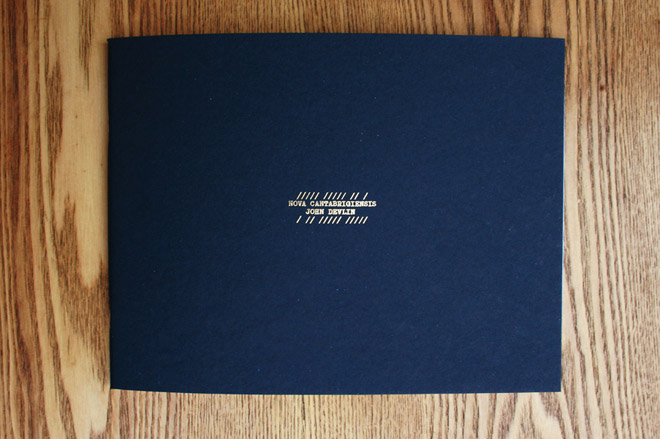
'If you're going to have a mental breakdown the best place to have it is in Spring and in Cambridge.' These are the words of artist, visionary and outsider architect John Devlin, whose book 'Nova Cantabrigiensis' presents his intriguing vision of a utopian island based on Cambridge, which he considers the ideal city.
Originally from Halifax, Nova Scotia, Devlin came to Britain in 1979, studying Theology at St Edmund's College, Cambridge, and falling in love with the city's architecture and atmosphere. When mental illness forced him to cut short his studies and return home to Canada - abandoning his ambition to enter the priesthood - he became obsessed with discovering the secret to 'the Cambridge essence'.
To aid his recovery, he imagined an idyllic island where he would be as happy as he had been in Cambridge. Over the next ten years, he created over 360 illustrations - dream-like sketches of redesigned collegiate-style buildings on an imaginary island that he situated in the Minas Basin, Nova Scotia. Devlin's designs often incorporate elements borrowed from several existing buildings, as well as fantastical additions such as lasers and a carousel in King's Court.
Twenty-two of these fascinating sketches were exhibited at King's Art Centre at the University of Cambridge last year and resulted in the publication of Nova Cantabrigiensis (literally meaning New Cambridge in Latin). The book contains a selection of his illustrations as well as a brief outline of his mathematical theories about architecture.
Devlin, who studied architecture before deciding to become a priest, was fascinated by the harmonious juxtaposition of Gothic and Classic styles in King's College Chapel and the adjacent Gibbs' building, distilling their relationship into a semi-mathematical equation which he calls 'The King's Constant' - based on the ratio of the volumes of the two buildings.
Devlin suggests using this equation and exporting it, re-creating the genius loci of Cambridge elsewhere. 'My theory,' he says, 'is that for ideal design, there is an Ideal Ratio. I have been hunting for such a constant which would, if found, make design scientific. After many false starts, I am presently cautiously concluding that this ratio is 5:10:1.'
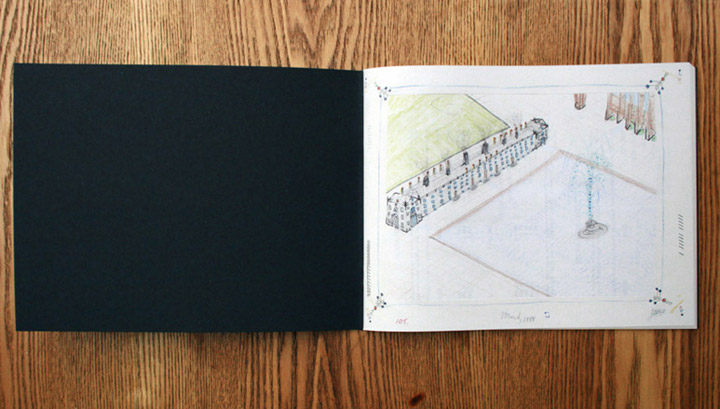
Illustration ’March, 1988’ from Nova Cantabrigiensis

Devlin’s Nova Cantabrigiensis presents his vision of a utopian city based on Cambridge
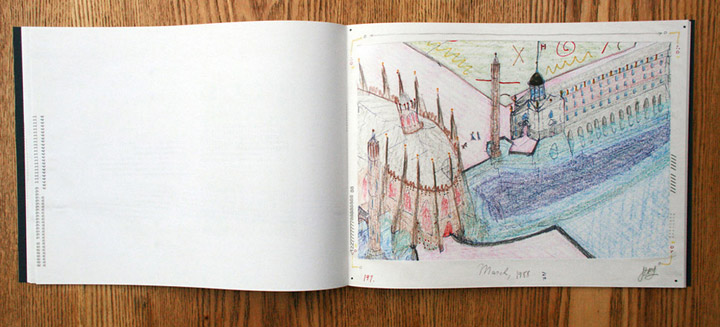
Illustration ’March, 1988’

Illustration ’8 Jan, 1989’
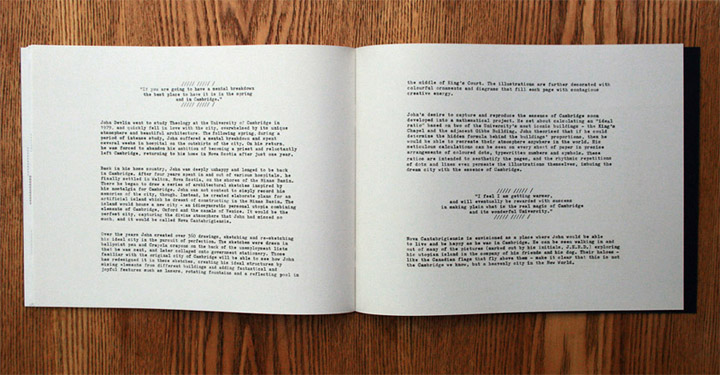
The book includes an explanatory text based on Devlin’s writings, outlining his mathematical theories concerning architecture
Receive our daily digest of inspiration, escapism and design stories from around the world direct to your inbox.
-
 This cult Los Angeles pop-up restaurant now has a permanent address
This cult Los Angeles pop-up restaurant now has a permanent addressChef Brian Baik’s Corridor 109 makes its permanent debut in Melrose Hill. No surprise, it's now one of the hardest tables in town to book
-
 French bistro restaurant Maset channels the ease of the Mediterranean in London
French bistro restaurant Maset channels the ease of the Mediterranean in LondonThis Marylebone restaurant is shaped by the coastal flavours, materials and rhythms of southern France
-
 How ethical is Google Street View, asks Jon Rafman in Copenhagen
How ethical is Google Street View, asks Jon Rafman in CopenhagenIn 'Report a Concern - the Nine Eyes Archives' at Louisiana Museum of Art, Copenhagen, Jon Rafman considers technology's existential implications
-
 David Kohn’s first book, ‘Stages’, is unpredictable, experimental and informative
David Kohn’s first book, ‘Stages’, is unpredictable, experimental and informativeThe first book on David Kohn Architects focuses on the work of the award-winning London-based practice; ‘Stages’ is an innovative monograph in 12 parts
-
 Explore Tom Kundig’s unusual houses, from studios on wheels to cabins slotted into boulders
Explore Tom Kundig’s unusual houses, from studios on wheels to cabins slotted into bouldersThe American architect’s entire residential portfolio is the subject of a comprehensive new book, ‘Tom Kundig: Complete Houses’
-
 A new photo book explores the symbolic beauty of the Japanese garden
A new photo book explores the symbolic beauty of the Japanese garden‘Modern Japanese Gardens’ from Thames & Hudson traces the 20th-century evolution of these serene spaces, where every element has a purpose
-
 Modernist Travel Guide: a handy companion to explore modernism across the globe
Modernist Travel Guide: a handy companion to explore modernism across the globe‘Modernist Travel Guide’, a handy new pocket-sized book for travel lovers and modernist architecture fans, comes courtesy of Wallpaper* contributor Adam Štěch and his passion for modernism
-
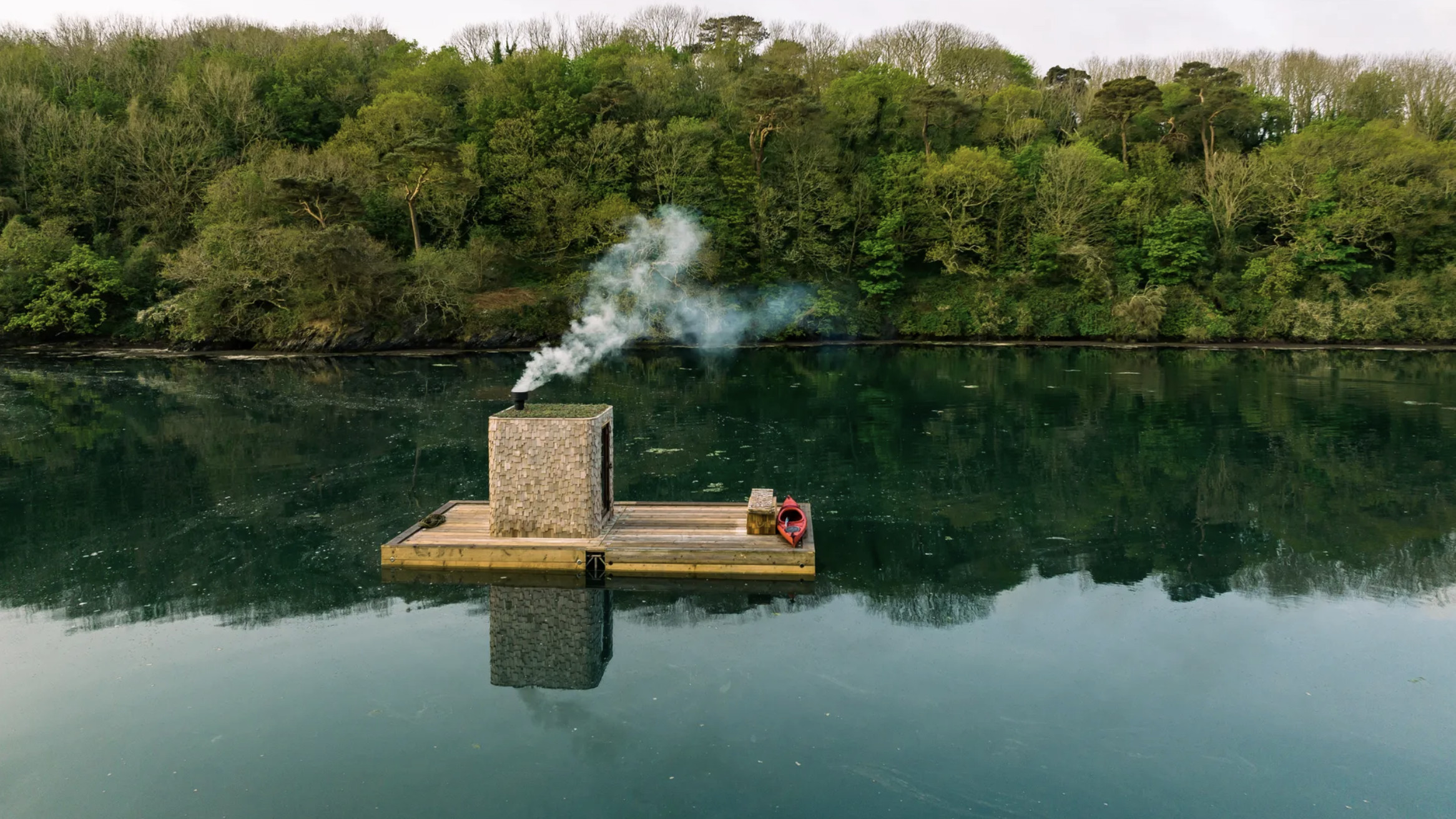 Wild sauna, anyone? The ultimate guide to exploring deep heat in the UK outdoors
Wild sauna, anyone? The ultimate guide to exploring deep heat in the UK outdoors‘Wild Sauna’, a new book exploring the finest outdoor establishments for the ultimate deep-heat experience in the UK, has hit the shelves; we find out more about the growing trend
-
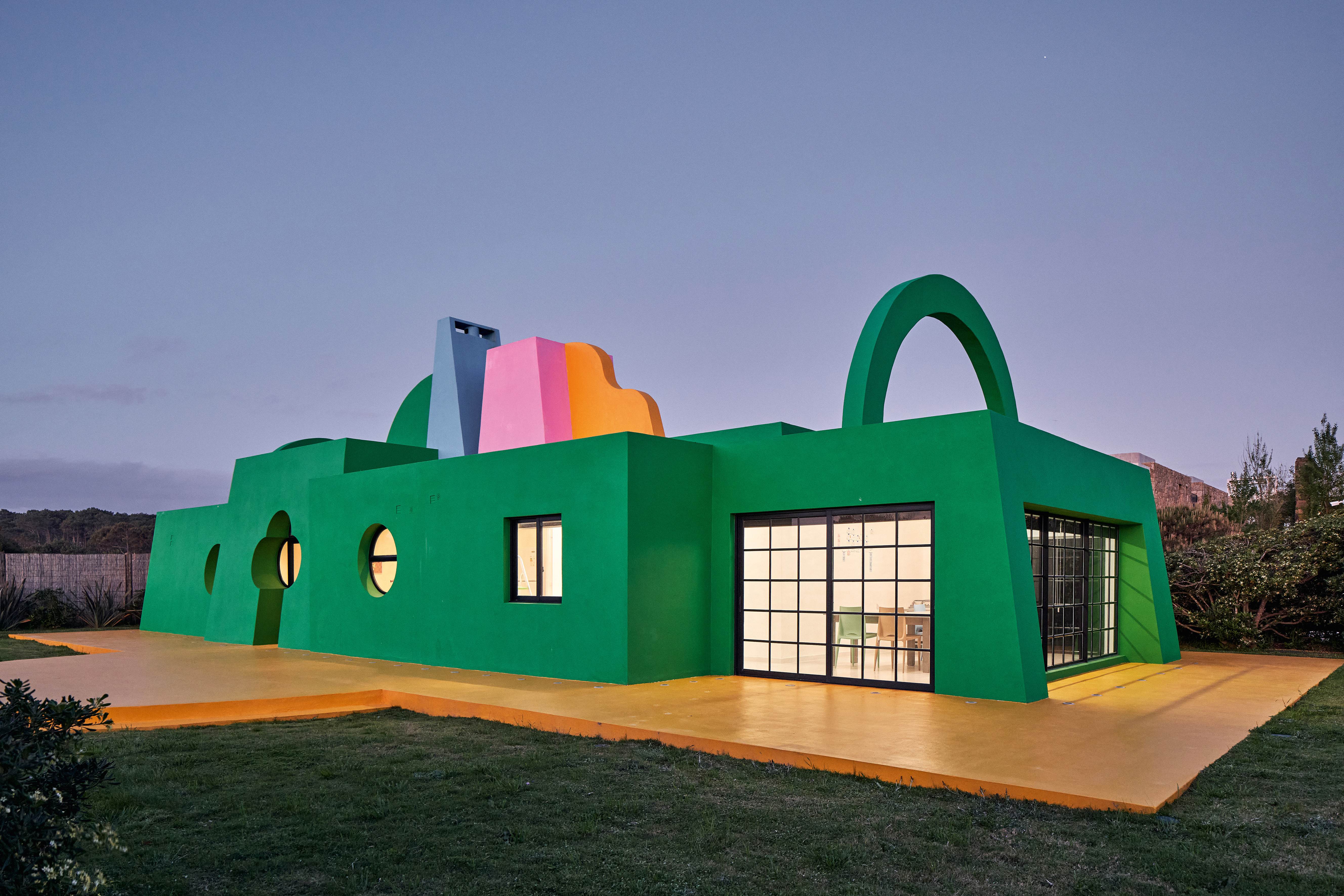 Ten contemporary homes that are pushing the boundaries of architecture
Ten contemporary homes that are pushing the boundaries of architectureA new book detailing 59 visually intriguing and technologically impressive contemporary houses shines a light on how architecture is evolving
-
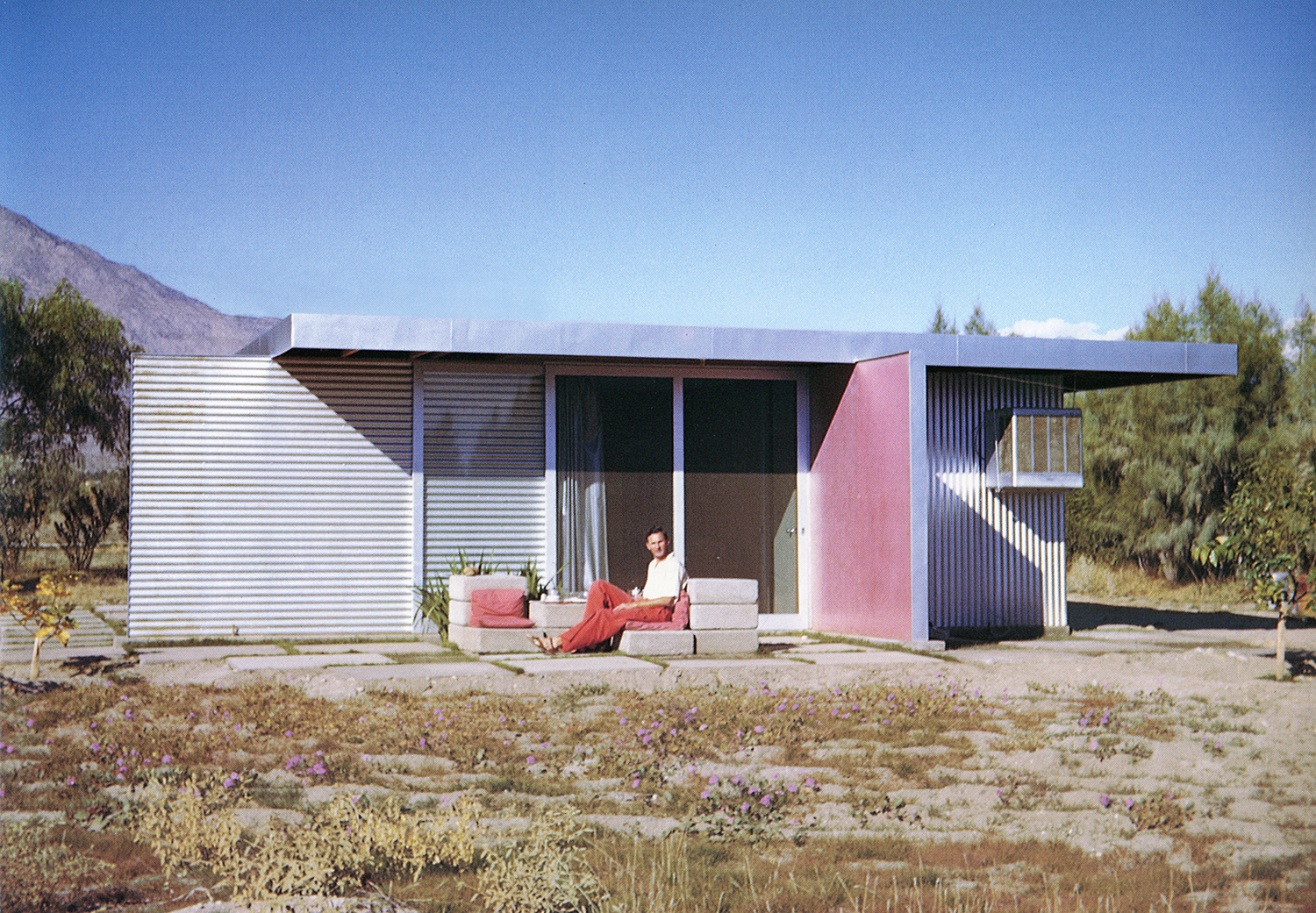 Take a deep dive into The Palm Springs School ahead of the region’s Modernism Week
Take a deep dive into The Palm Springs School ahead of the region’s Modernism WeekNew book ‘The Palm Springs School: Desert Modernism 1934-1975’ is the ultimate guide to exploring the midcentury gems of California, during Palm Springs Modernism Week 2025 and beyond
-
 Meet Minnette de Silva, the trailblazing Sri Lankan modernist architect
Meet Minnette de Silva, the trailblazing Sri Lankan modernist architectSri Lankan architect Minnette de Silva is celebrated in a new book by author Anooradha Iyer Siddiq, who looks into the modernist's work at the intersection of ecology, heritage and craftsmanship